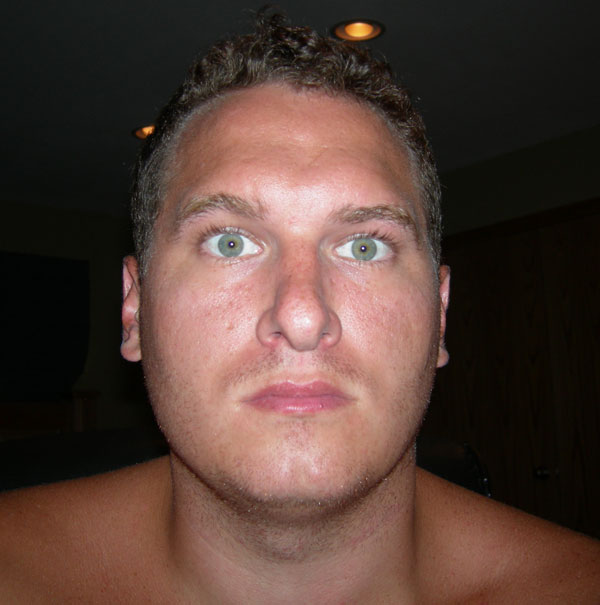The Buzz on "Busting Common Myths About Growing a Beard: Separating Fact from Fiction"

Beard Enthusiasts Unite: Deciphering the Science Responsible for Facial Hair Growth
For centuries, beards have been a symbol of maleness and electrical power. From old civilizations to modern-day opportunities, facial hair has participated in a considerable job in describing a guy's appeal and identity. But have you ever wondered what actually creates your beard grow? In Research It Here , we will definitely dig right into the scientific research responsible for facial hair growth and decipher the enigmas responsible for this fascinating procedure.
The Anatomy of Facial Hair
To recognize how facial hair increases, it's vital to familiarize ourselves with the composition of hair roots. Hair roots are small designs in our skin accountable for making hair. Each follicle consists of several components, consisting of the skin papilla, sebaceous glandular, and arrector pili muscular tissue.
The skin papilla is located at the foundation of each hair follicle and delivers nutrients to the increasing hair hair. The sebaceous gland makes natural oils, an oily compound that hydrates both the skin layer and hair. Lastly, the arrector pili muscle mass is responsible for triggering goosebumps when contracted.
The Three Phases of Beard Growth
Face hair development occurs in three distinct periods: anagen, catagen, and telogen.
1. Anagen Phase: This is known as the active growth phase where cells in the root of each follicle break down rapidly. As a result, brand new hairs are formed and push their means up through the skin layer's area.
2. Catagen Phase: In this transitional period lasting just a few full weeks, cell branch cease within the roots as it readies for revival.
3. Telogen Phase: Additionally known as the relaxing phase, this stage lasts all around two to four months before shedding occurs. During the course of this time, brand-new hairs start forming below existing ones.
Variables Determining Beard Growth
Many aspects determine beard development designs one of people:
1. Genes: The primary aspect finding out your beard growth ability lies in your genetic make-up. The quantity and distribution of facial hair are mostly calculated through your household record.
2. Hormones: Testosterone, a hormonal agent mostly found in males, plays a important job in inducing face hair growth. Dihydrotestosterone (DHT), a derivative of testosterone, is accountable for advertising beard development during puberty.
3. Age: Beard development typically increases along with grow older as hormonal agent levels rise and fall and ended up being more stable. Most guys experience notable improvements in their face hair patterns between the grows older of 20 and 30.

4. Health and Lifestyle: Really good overall wellness, correct nourishment, and regular physical exercise may provide to healthy beard growth. On the other hand, unsatisfactory nutrition or underlying health ailments may prevent the process.
5. Ethnicity: Various indigenous teams have various designs of face hair development due to genetic variations. For instance, people along with East Eastern origins tend to have much less thick face hair compared to those with Middle Far eastern or Mediterranean backgrounds.
Tips for Improving Beard Growth
While genetics ultimately figure out the extent of your beard's capacity, there are actually several recommendations you can adhere to to enrich its development:
1. Maintain a Healthy Lifestyle: A well-balanced diet plan abundant in vitamins and minerals can easily advertise healthy and balanced hair hair follicles and stimulate beard growth.
2. Exercise Consistently: Regular physical exercise raises blood circulation throughout the body, supplying important nutrients to hair roots and ensuring optimum development.
3. Engage in Good Skincare: Keeping your skin layer tidy and moisturized can produce an perfect environment for well-balanced beard growth.
4. Be Patient: Don't forget that developing a full beard takes opportunity and patience. Avoid consistently trimming or shaving as this may interrupt the natural growth cycle.
Conclusion
Understanding the scientific research behind facial hair growth supplies important understandings in to why some men may grow thick beards while others have a hard time with irregular or sparse coverage. While genes participate in a notable function in finding out your beard's capacity, maintaining a well-balanced way of life and exercising great skincare may favorably determine growth. Therefore, for all the beard enthusiasts out there certainly, accept your face hair trip and allow the science function its magic!
